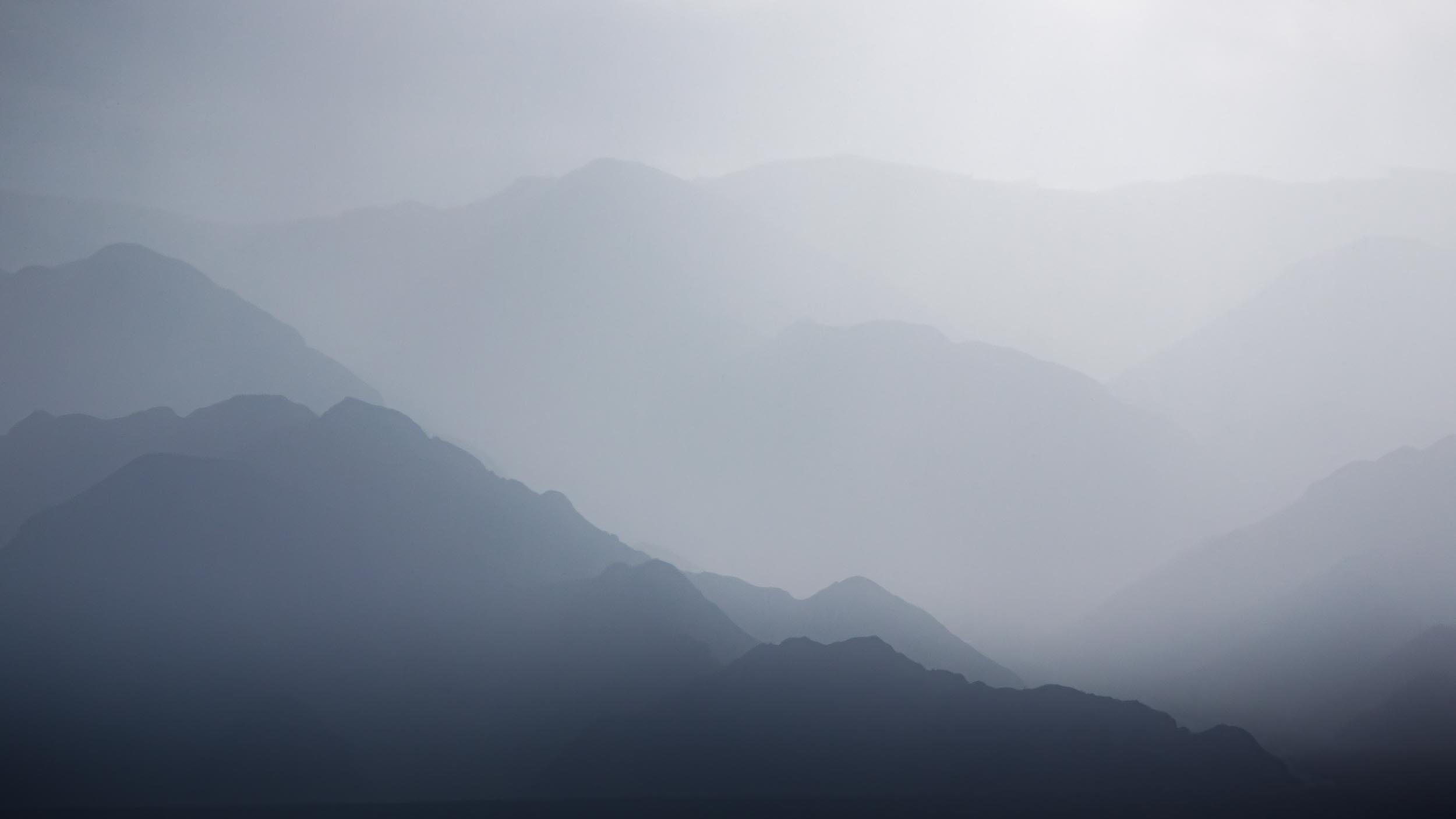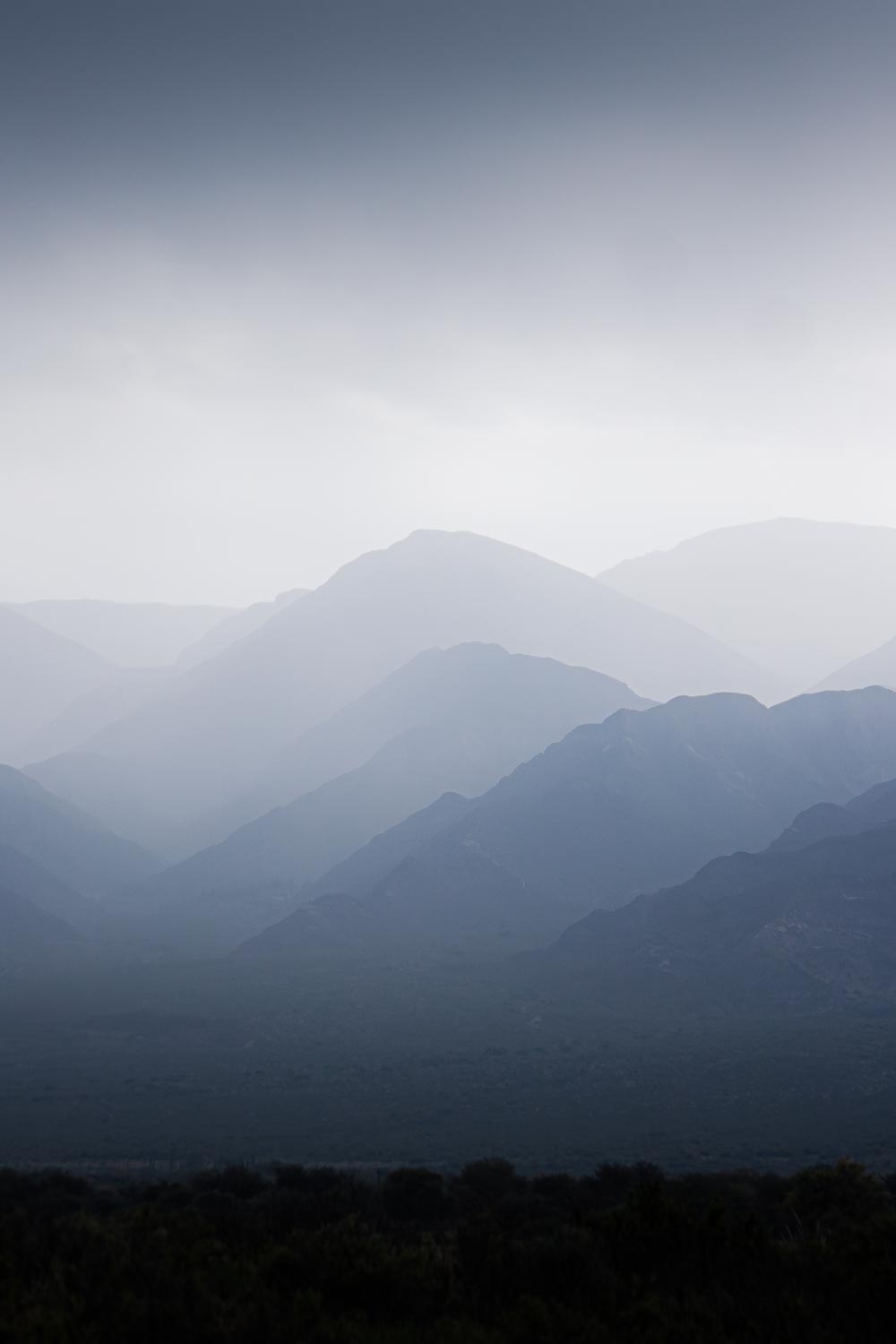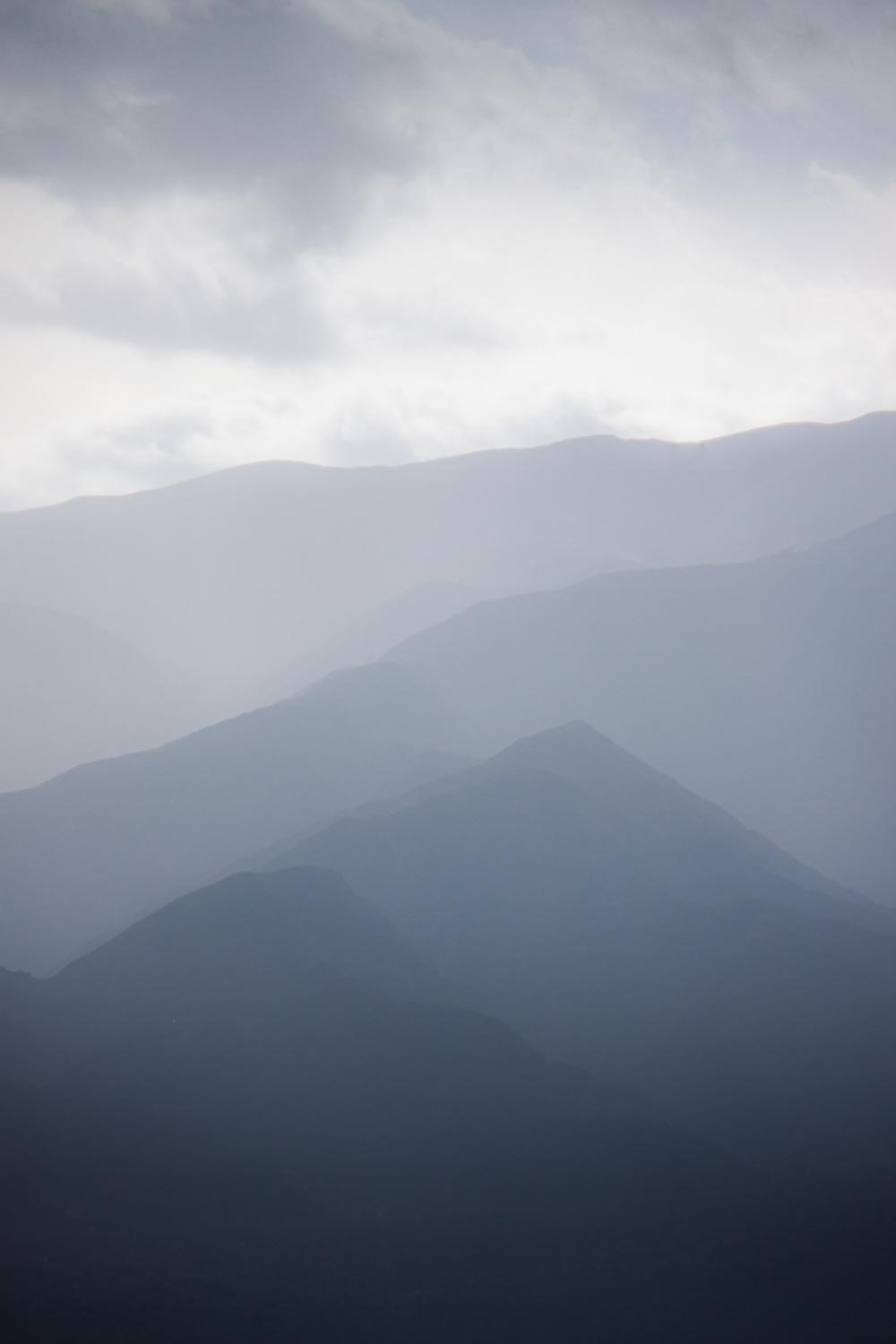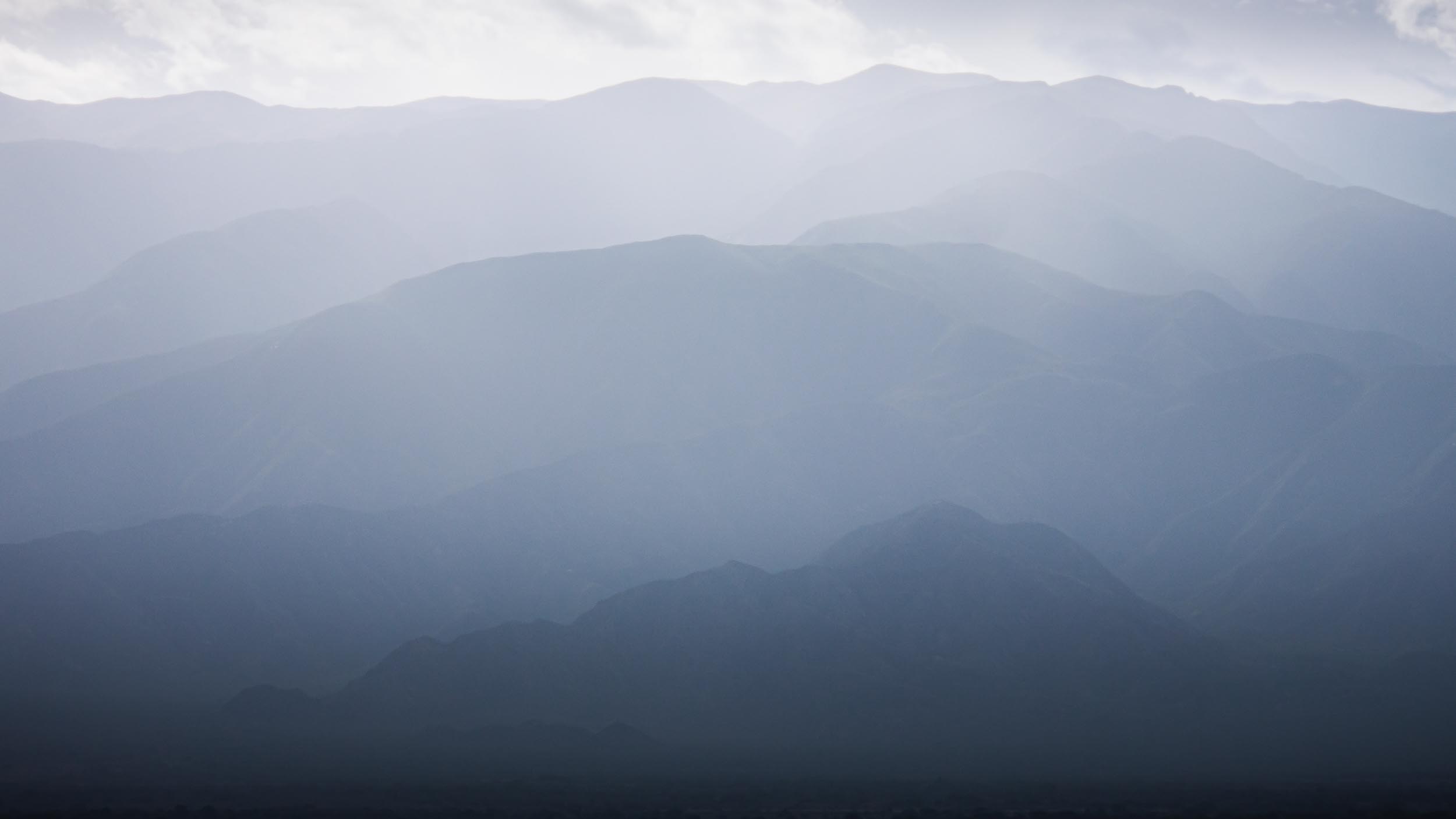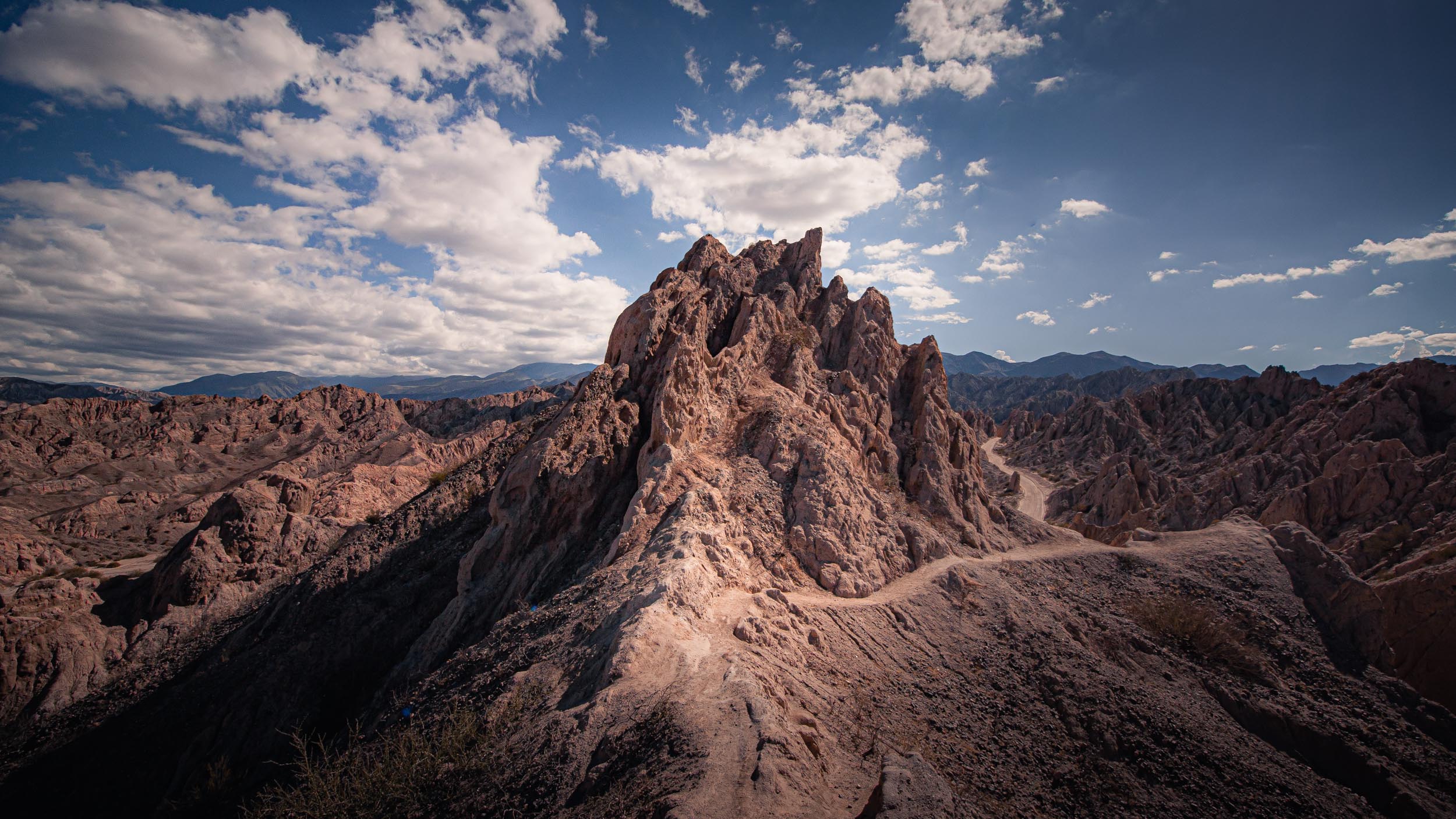
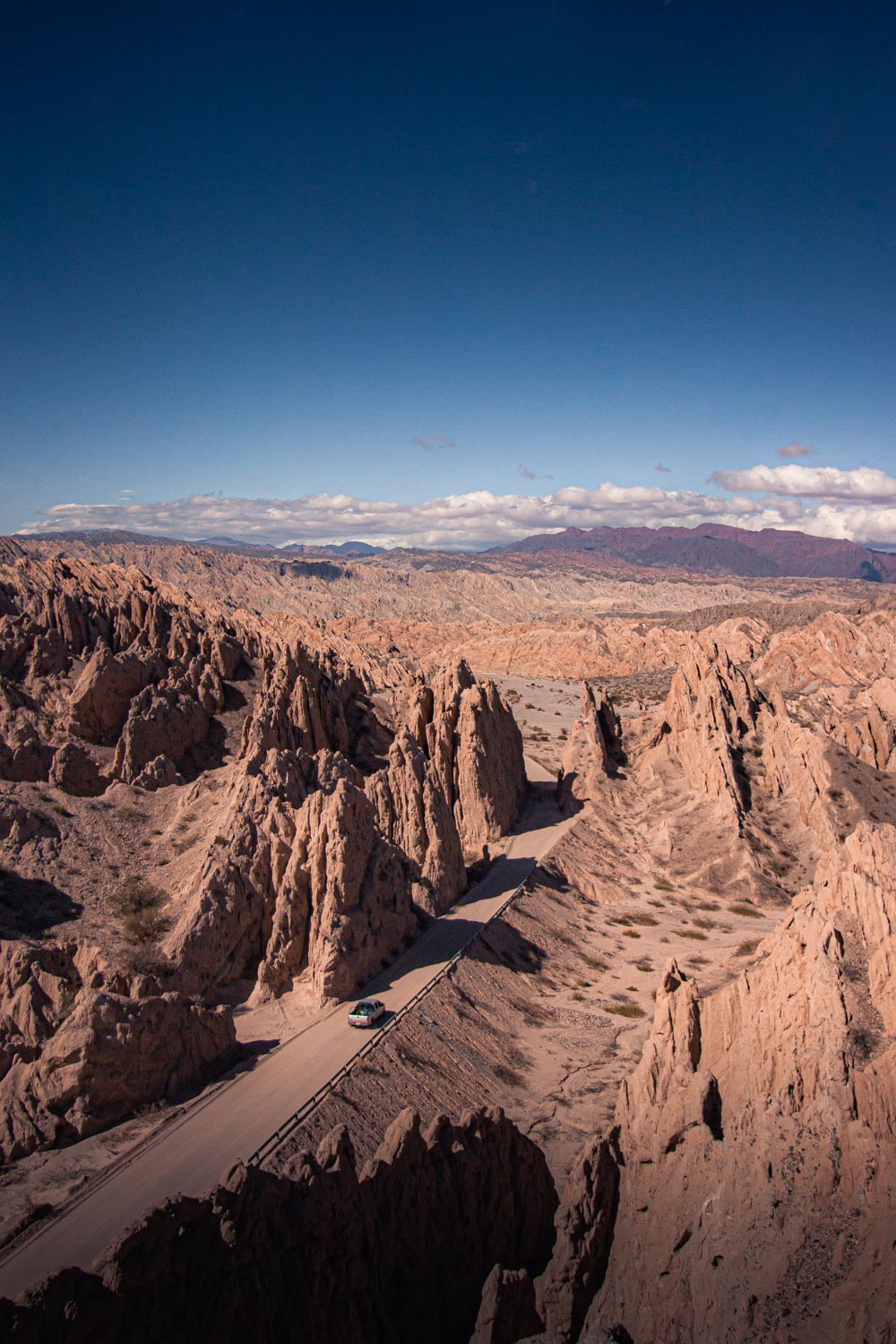
Salta
The province of Salta is located to the north of Catamarca. To the north of Salta lie the countries of Bolivia and Paraguay and to its west the country of Chile. Its capital is the city of Salta with over 600,000 residents, making it the 7th most populous city in Argentina. Salta's total population amounts to over 1.2 million people, spread out over 155,488 km² of territory. The province is located in an area prone to occasional earthquakes. In 2010, for example, a magnitude 6.3 earthquake rocked the province.
The climate in Salta is semi-arid and generally warm throughout the year as it lies closer to the tropical regions in South America than most other Argentine provinces. Thus, temperatures can reach up to 47°C in the summer. Salta's economy is diverse, but manufacturing constitutes to 20% of it. It produces gas and petroleum, has an oil refinery, and mines uranium. A further 10% of the economy are agriculture. Furthermore, Salta is known for its wines which are produced at high altitudes.
Quebrada de las Flechas
The Quebrada de Las Flechas is a series of rock formations along the Ruta Nacional 40 in the south of Salta. These formation are up to 20 m in height and form narrow gorges through which the road winds itself. They started to emerge between 15 and 20 million years ago when large blocks of rocks began to rise on the edge of the plateau. In that process the sedimentary plates were broken by the rise of the mountains and their ends were inclined pointing to the sky. Later erosion sharpened them and now they resemble blades or arrowheads.
Text adapted from Wikipedia.org
Press Enter to automatically
scroll to the next picture
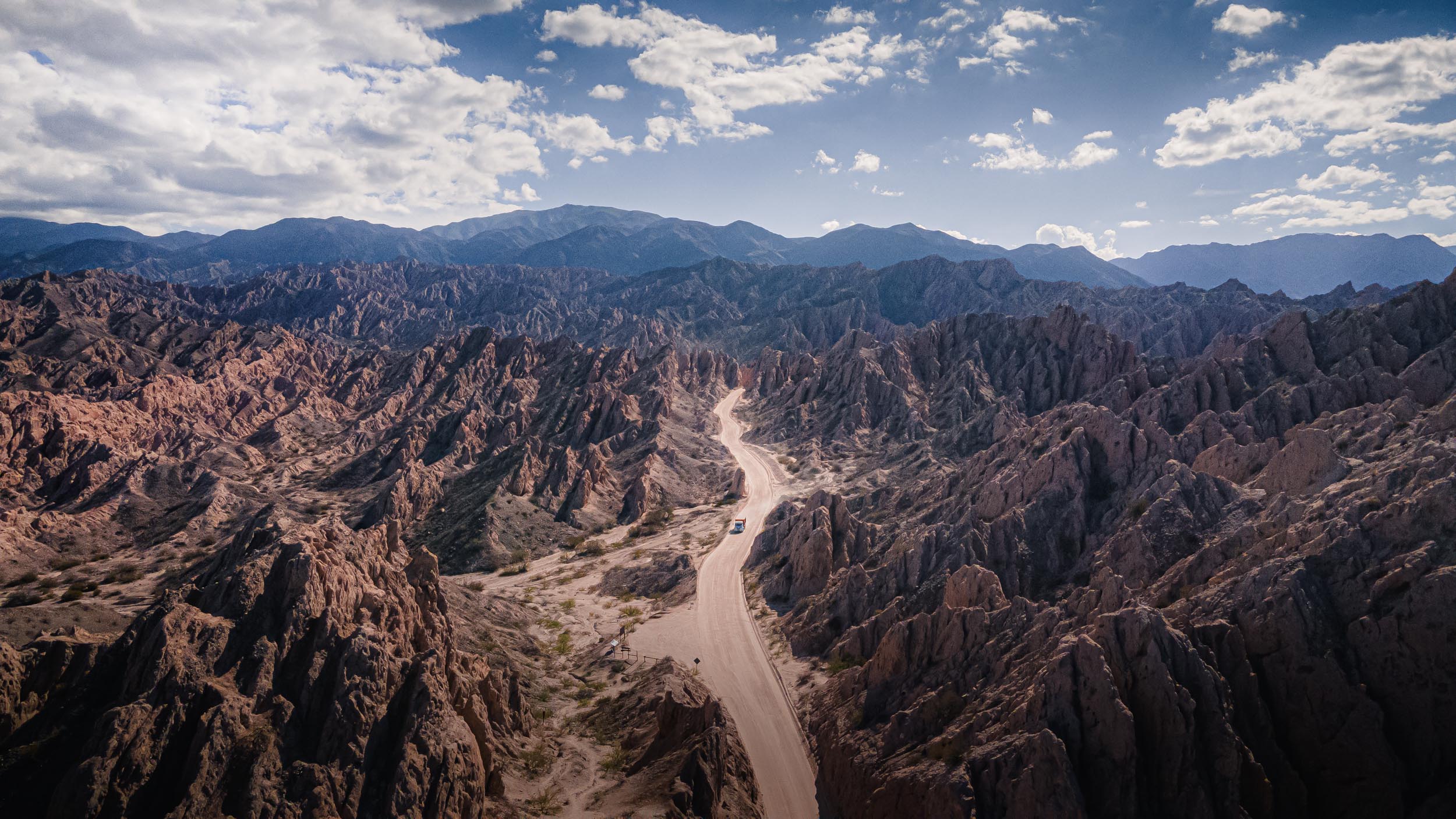


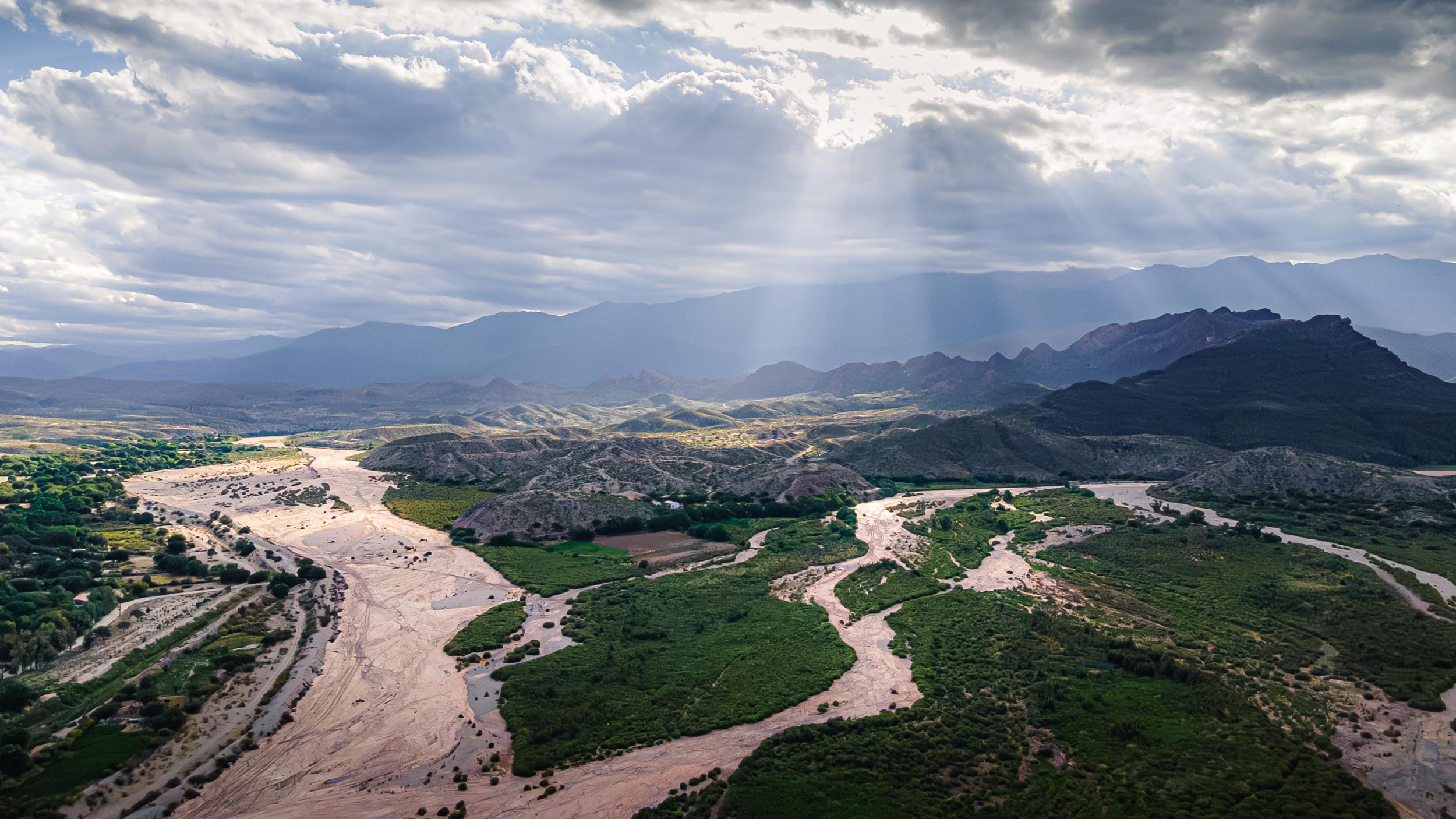
The dry riverbed of the Río Luracatao

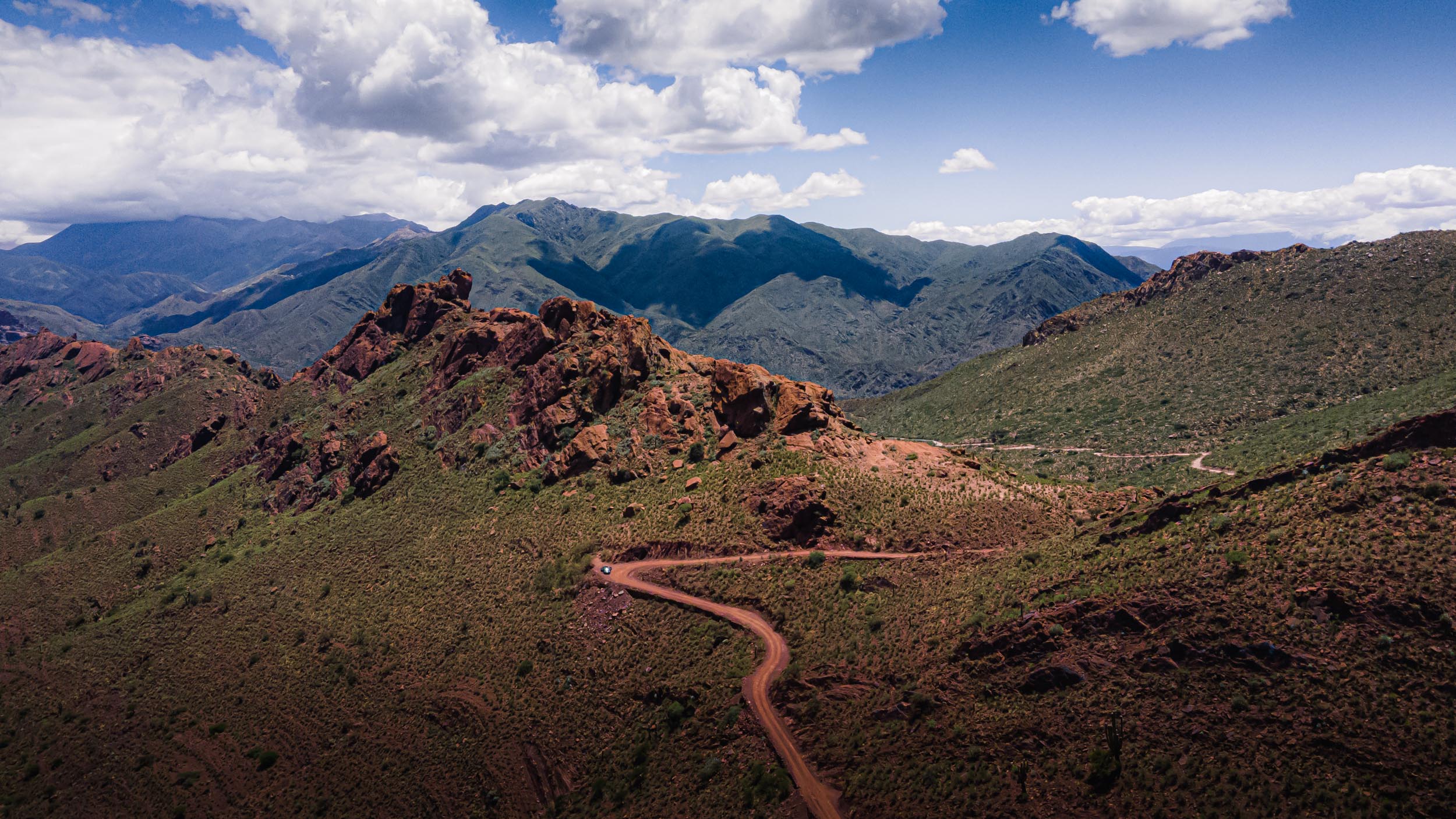
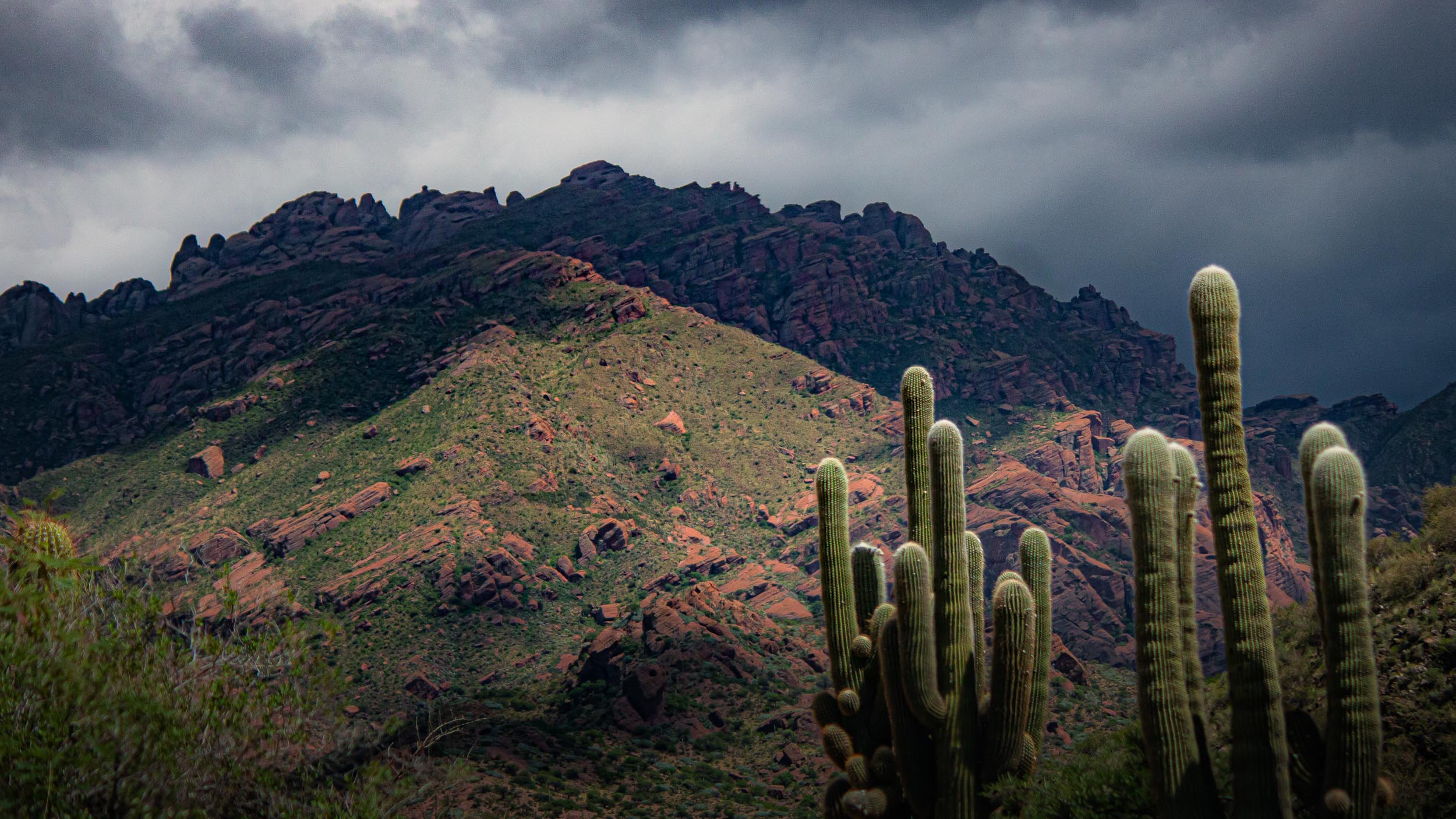
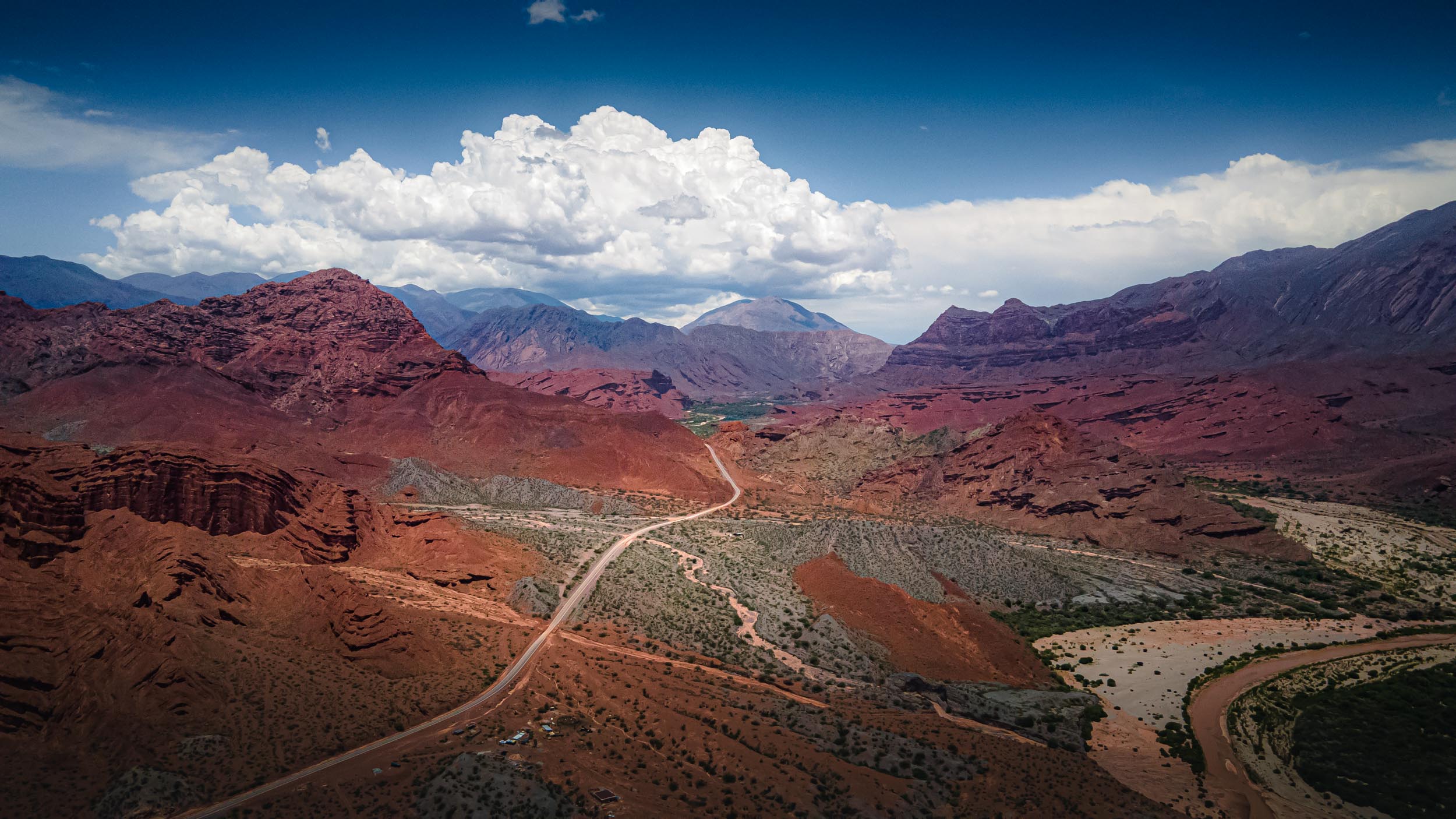
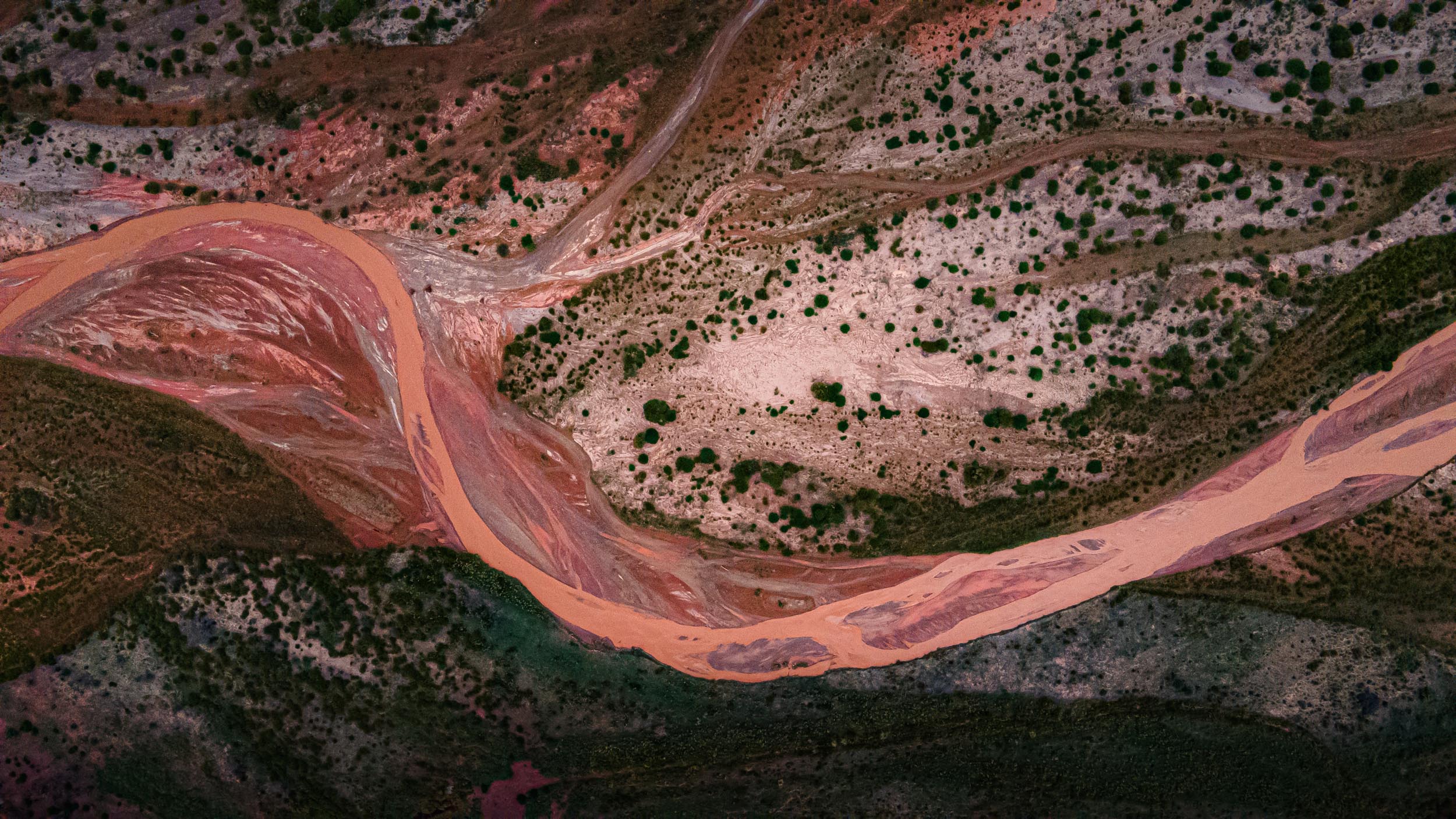
Río Las Conchas
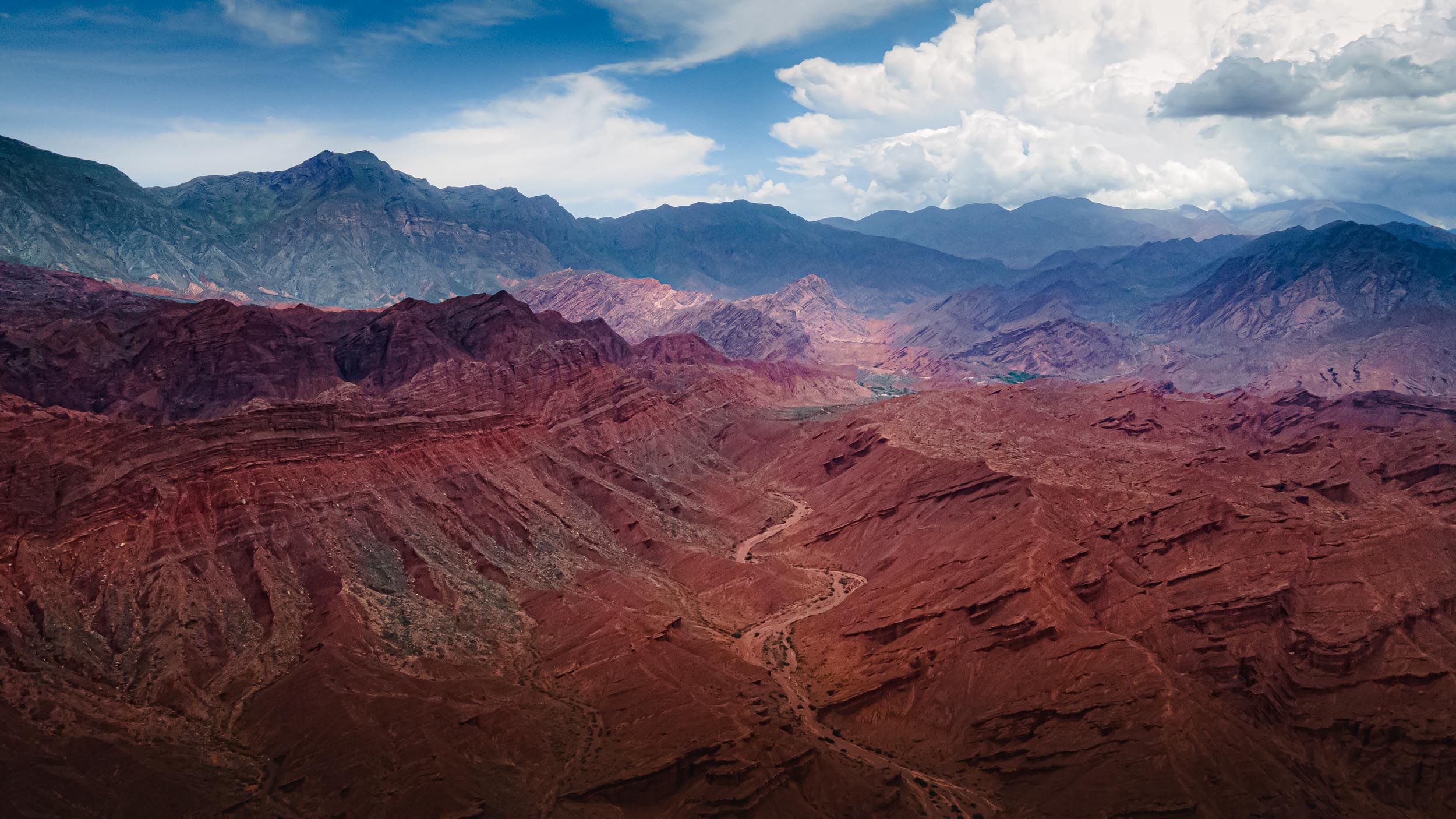
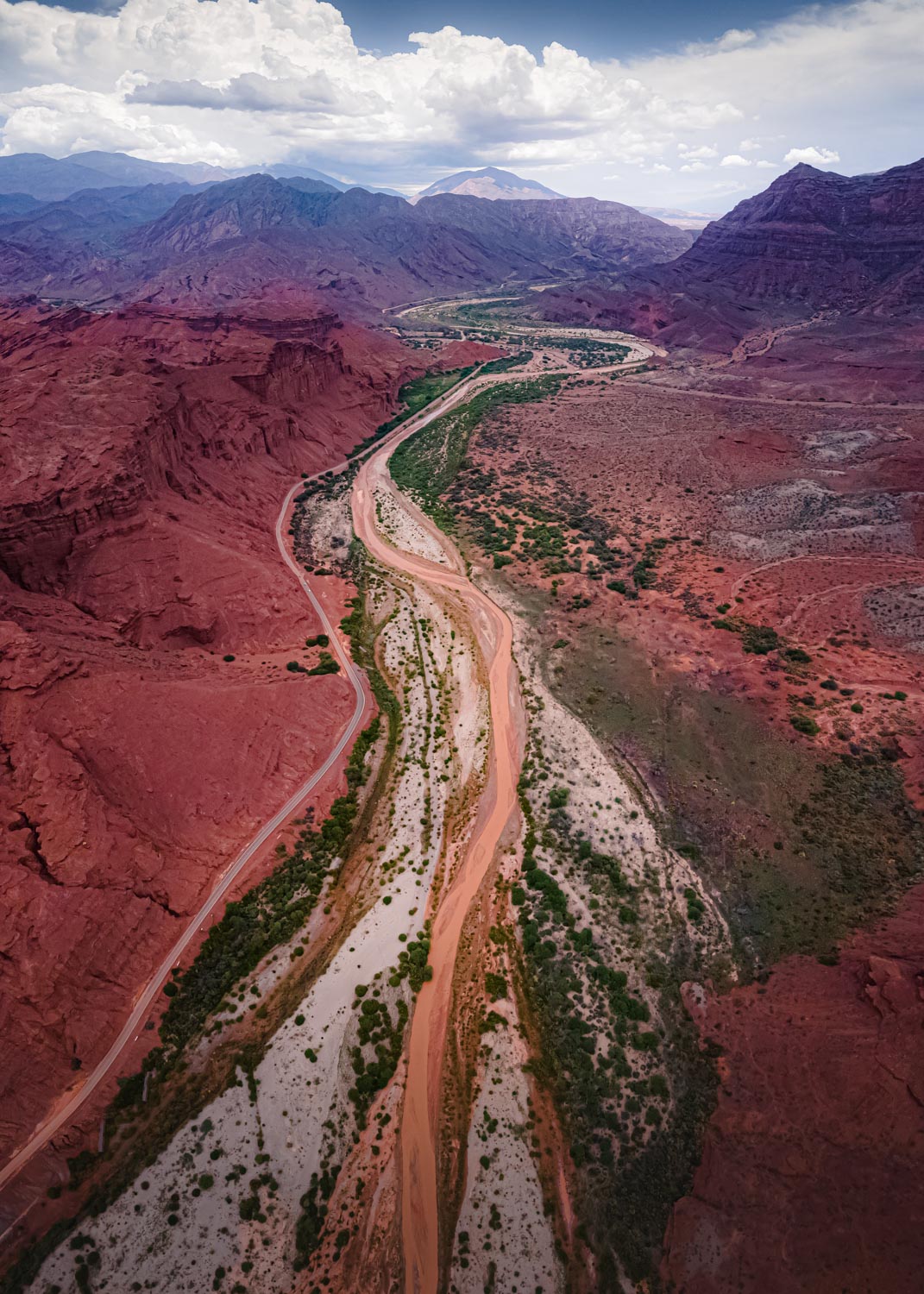
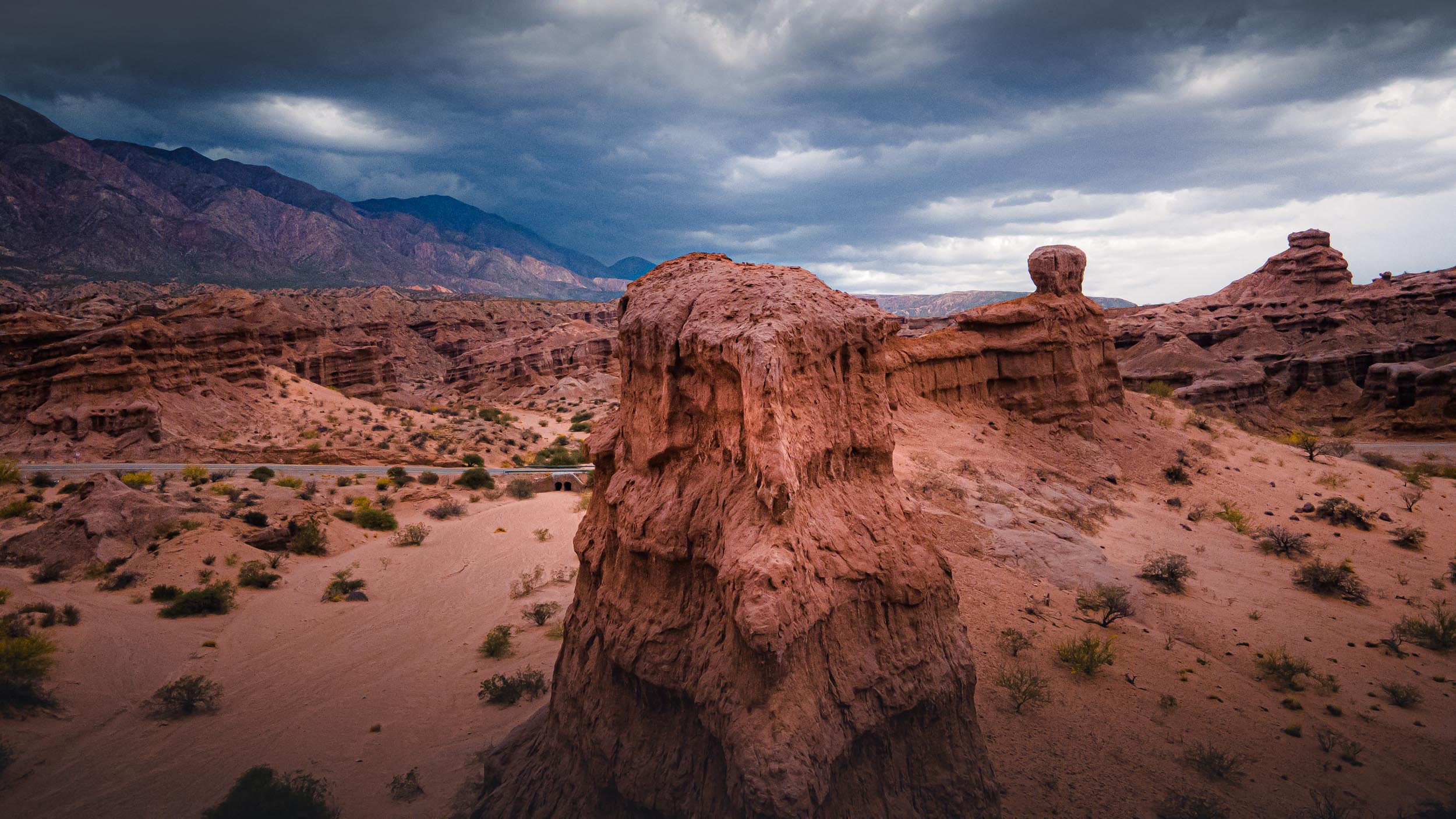
The "Las Ventanas" rock formations near the city of Cafayate
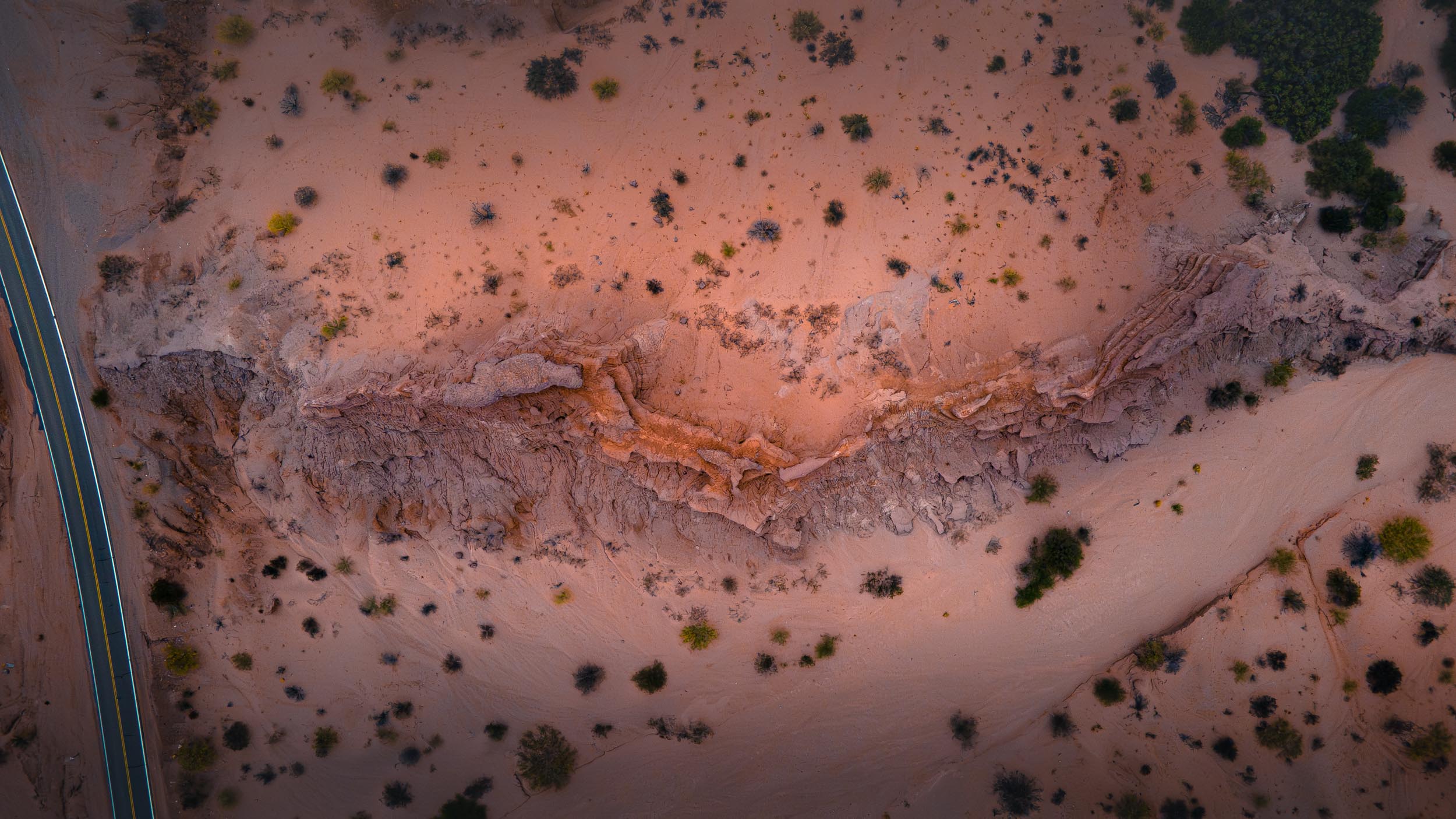
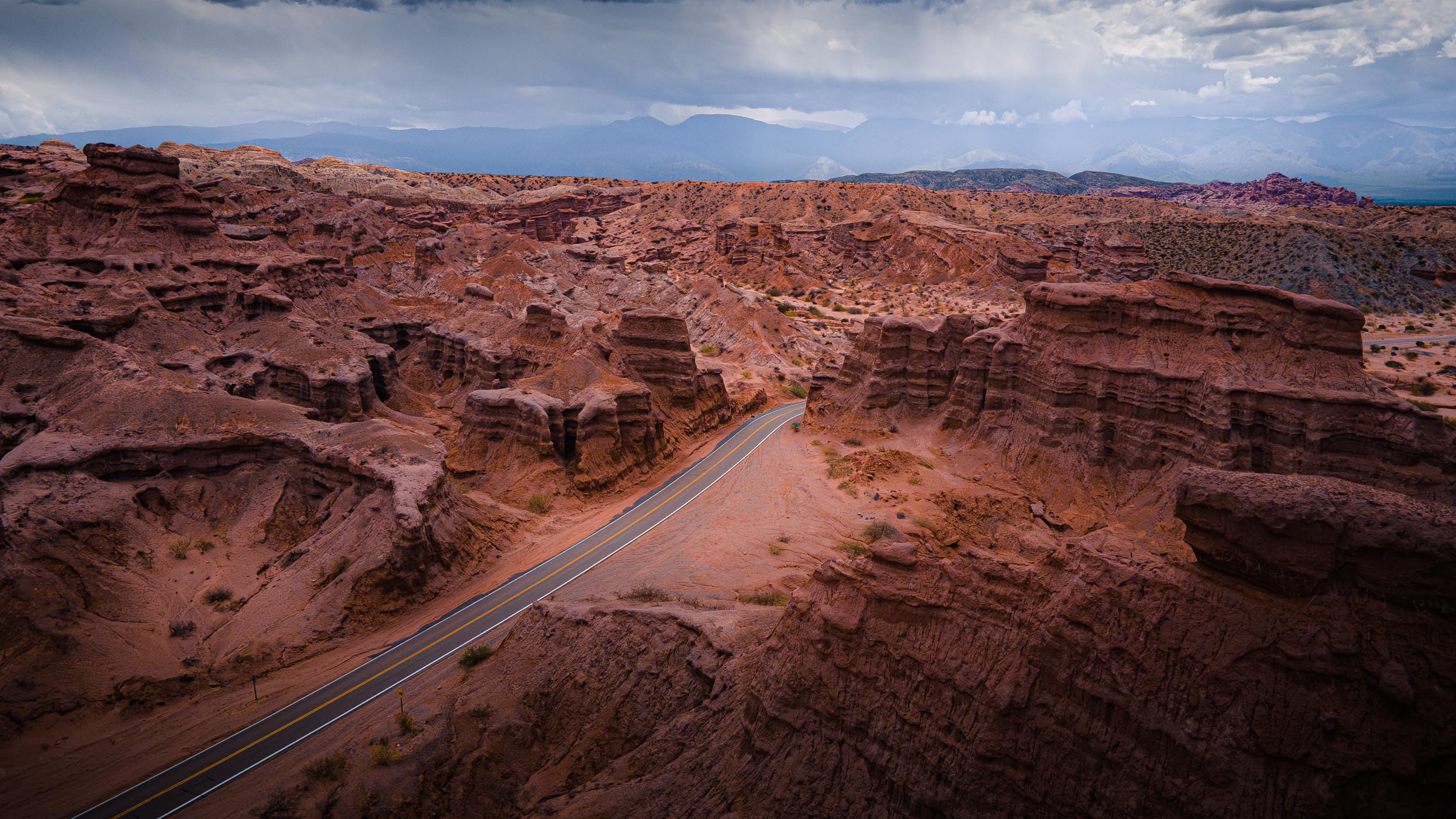
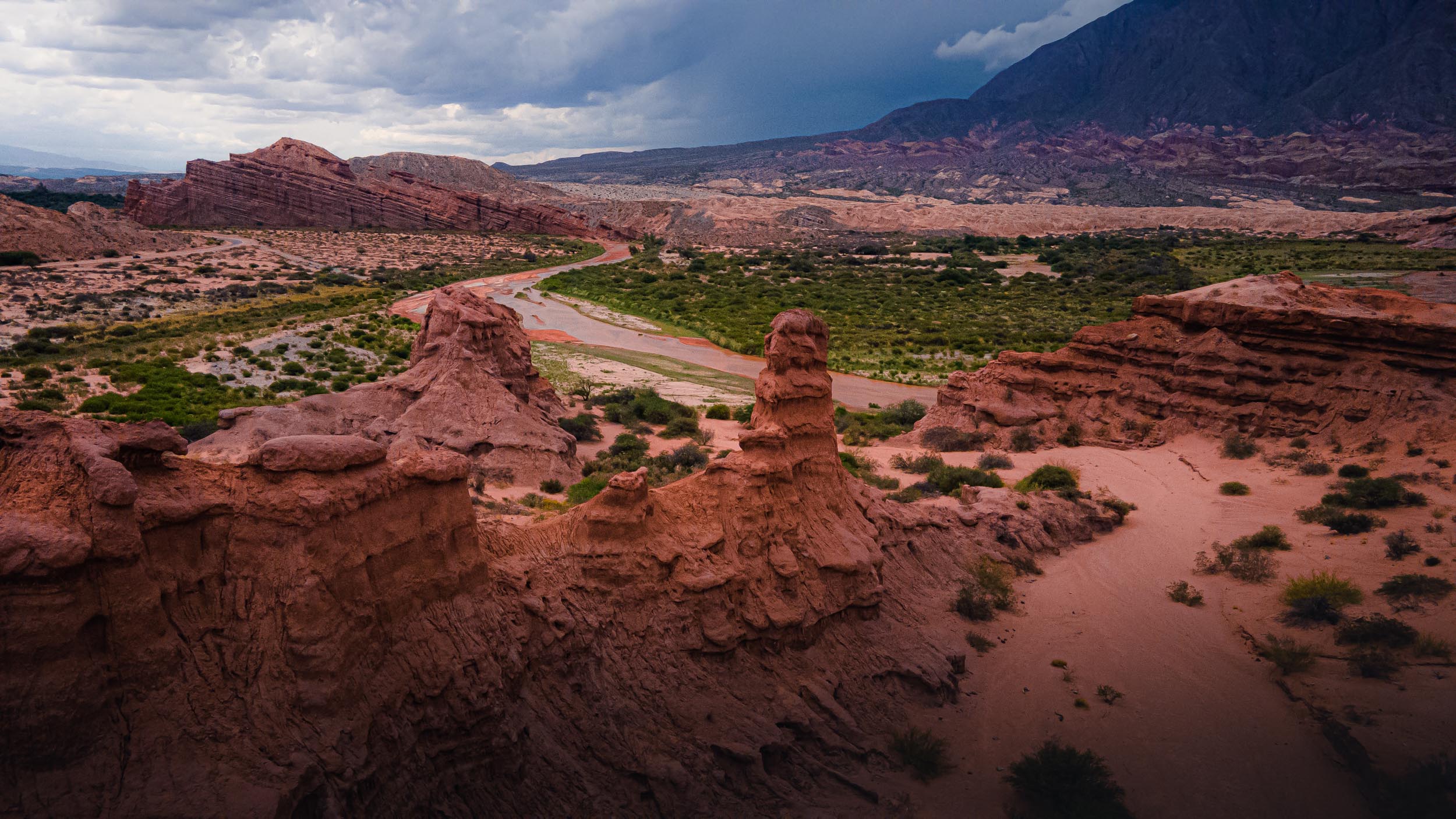
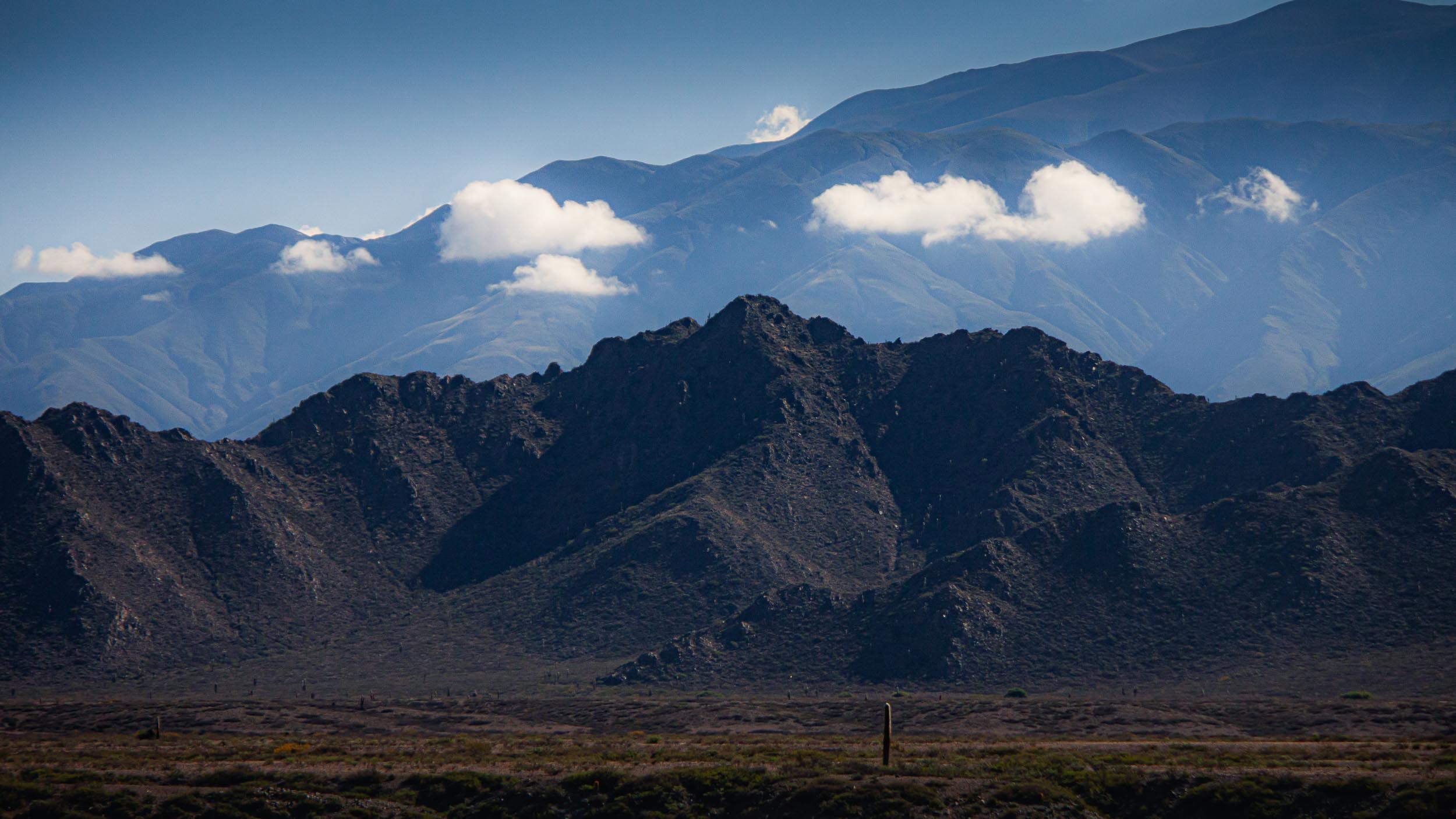
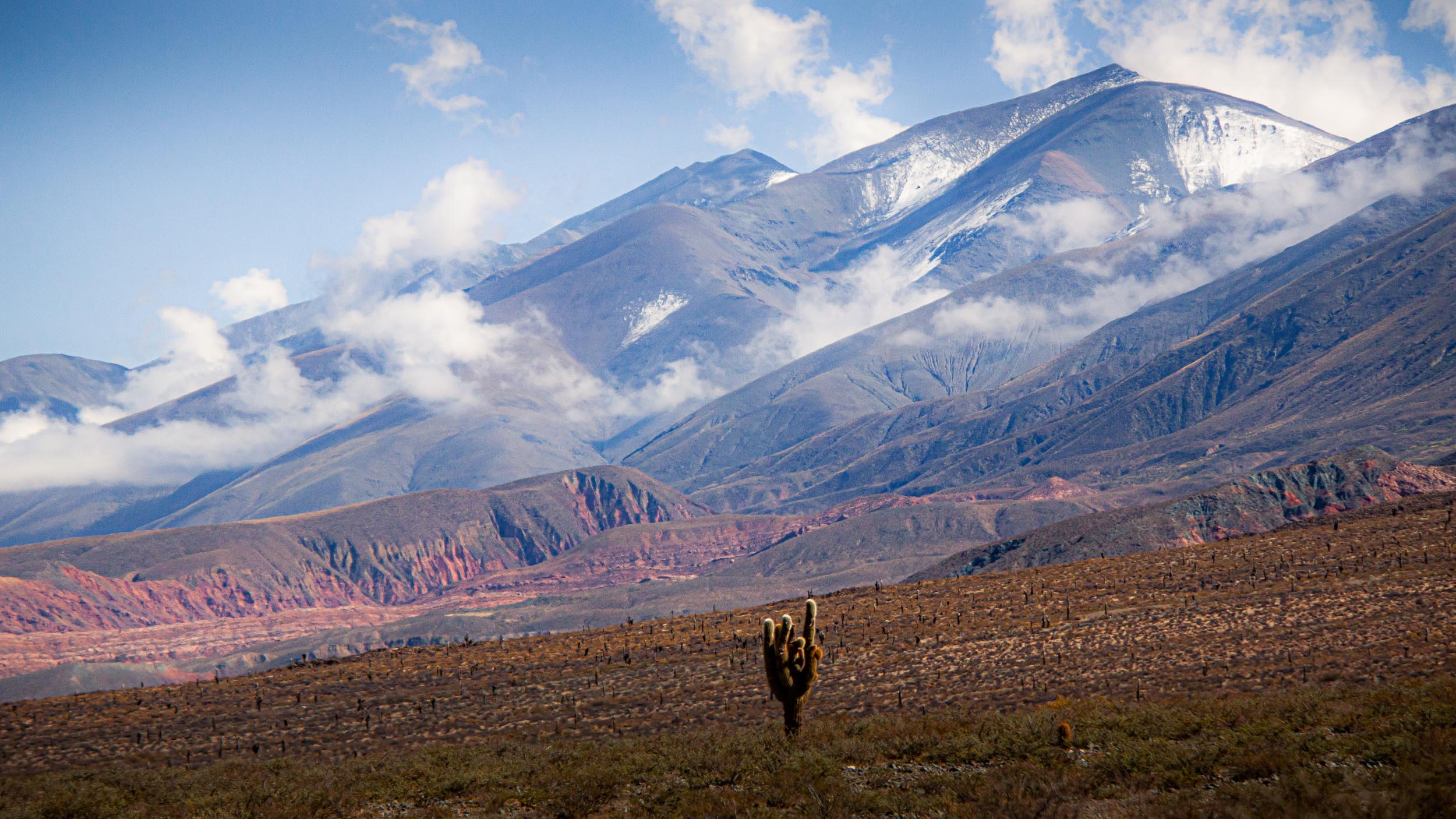
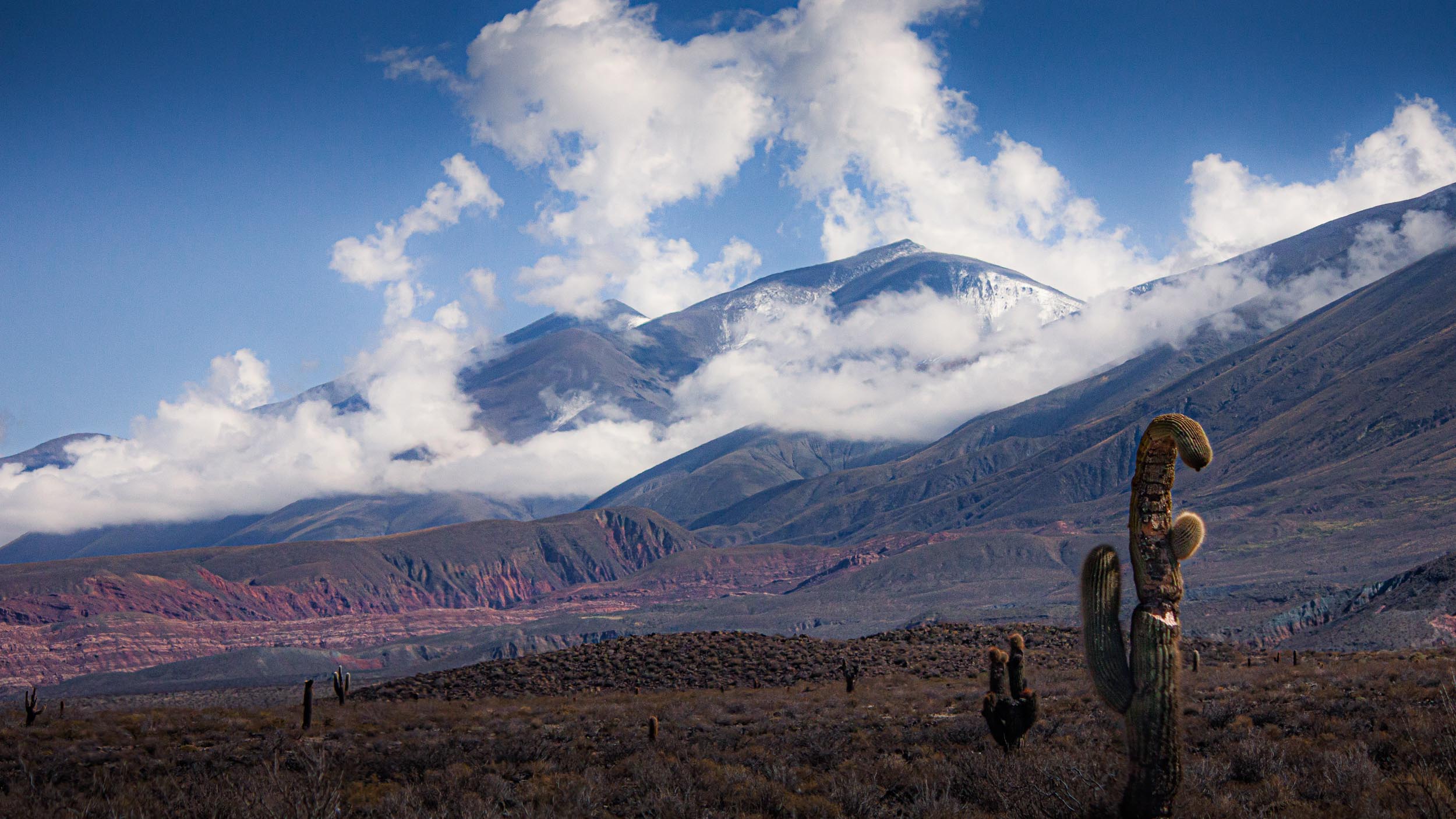
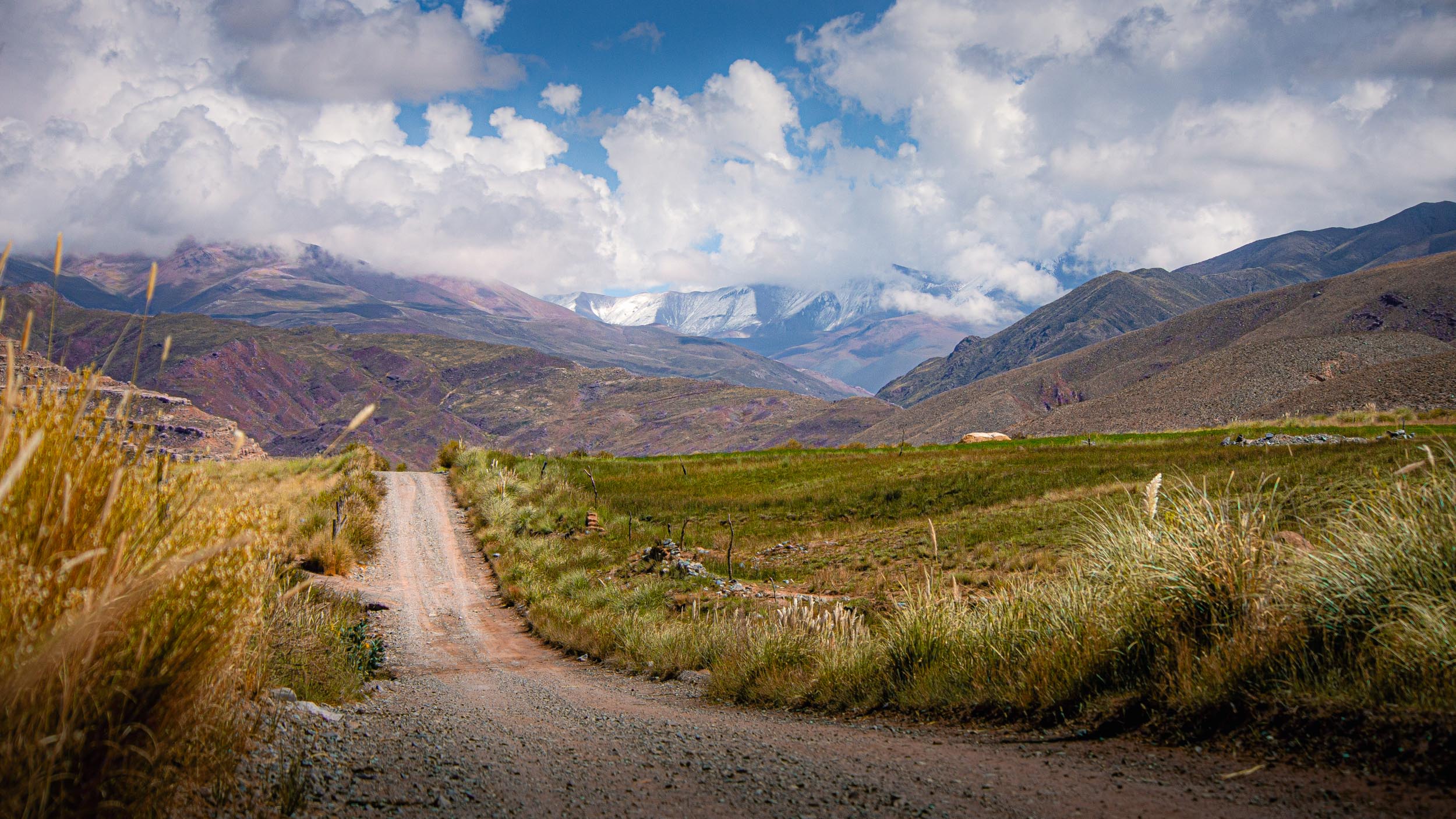
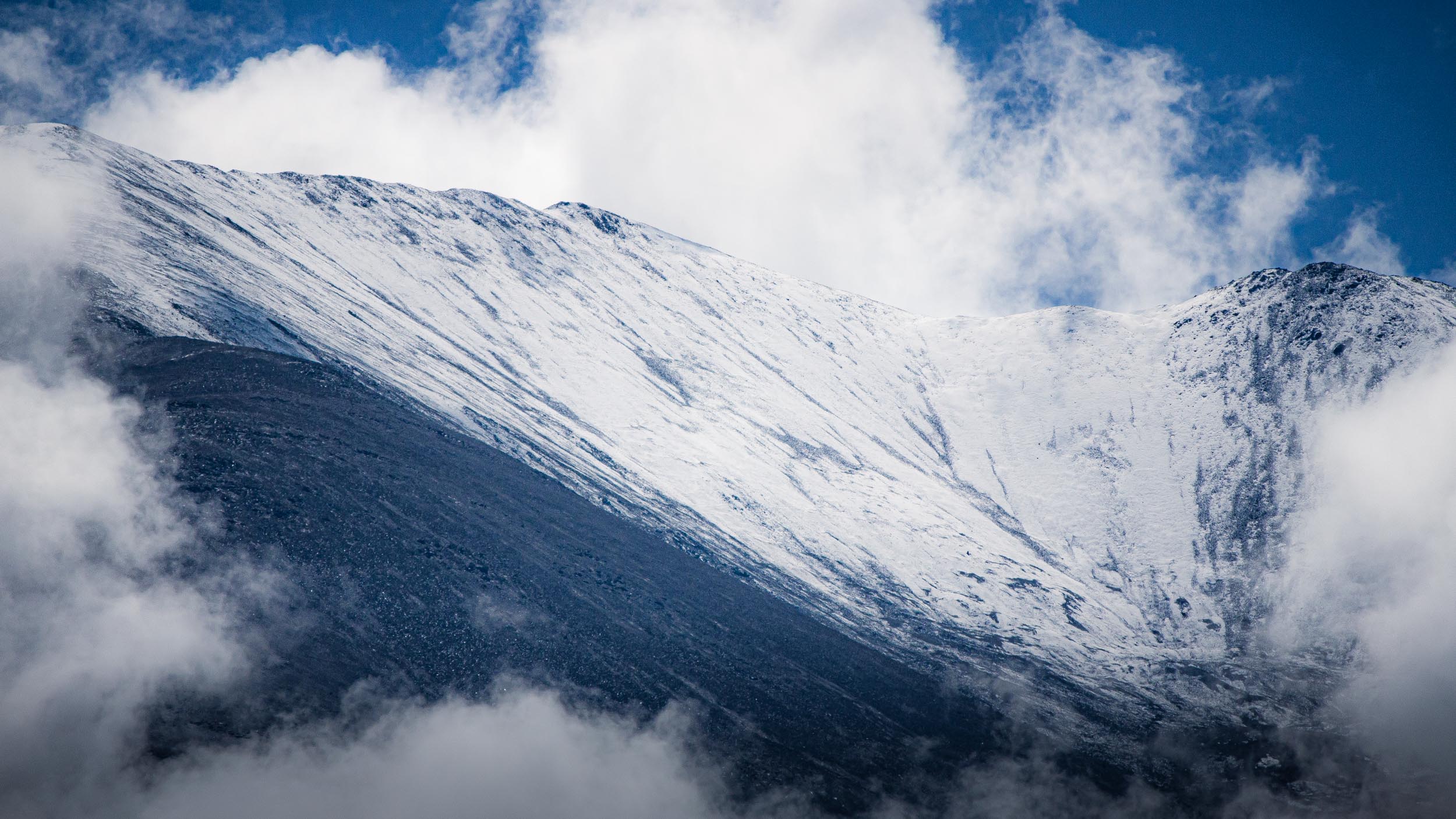

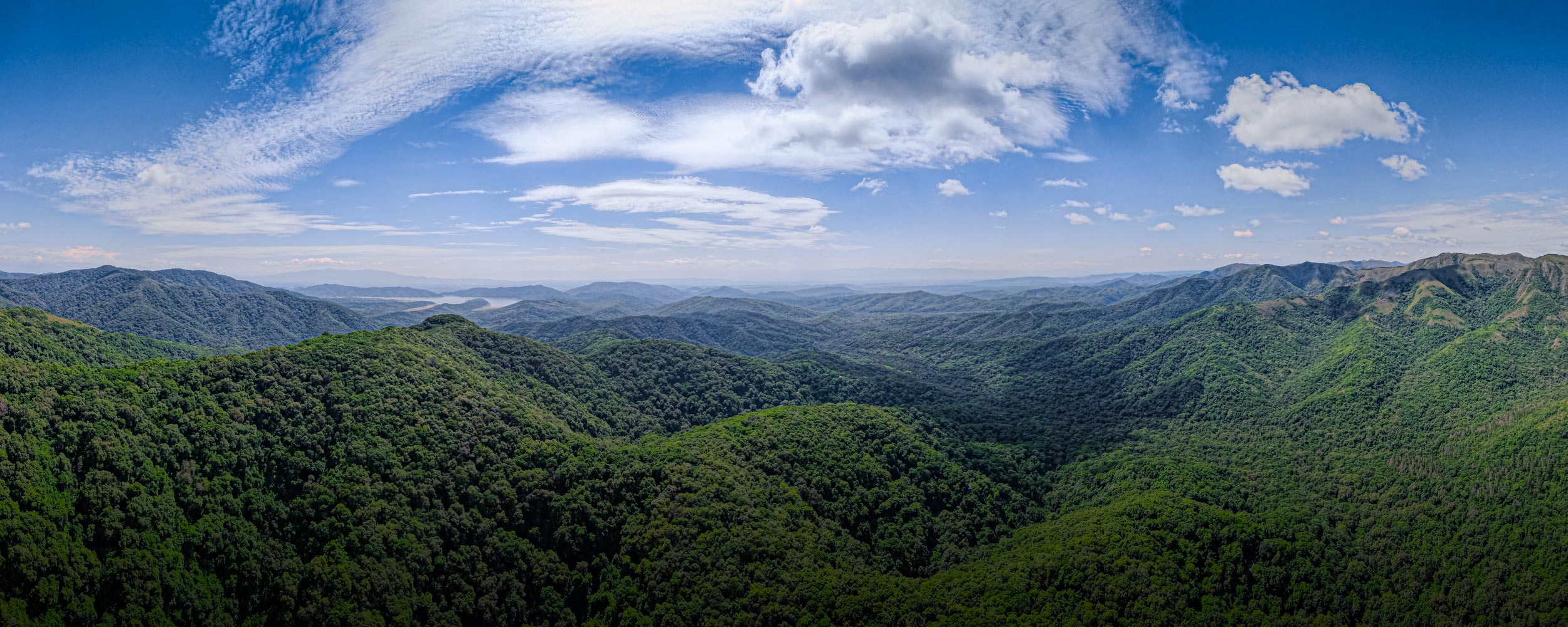
Landscape at Salta's northern border with the province of Jujuy
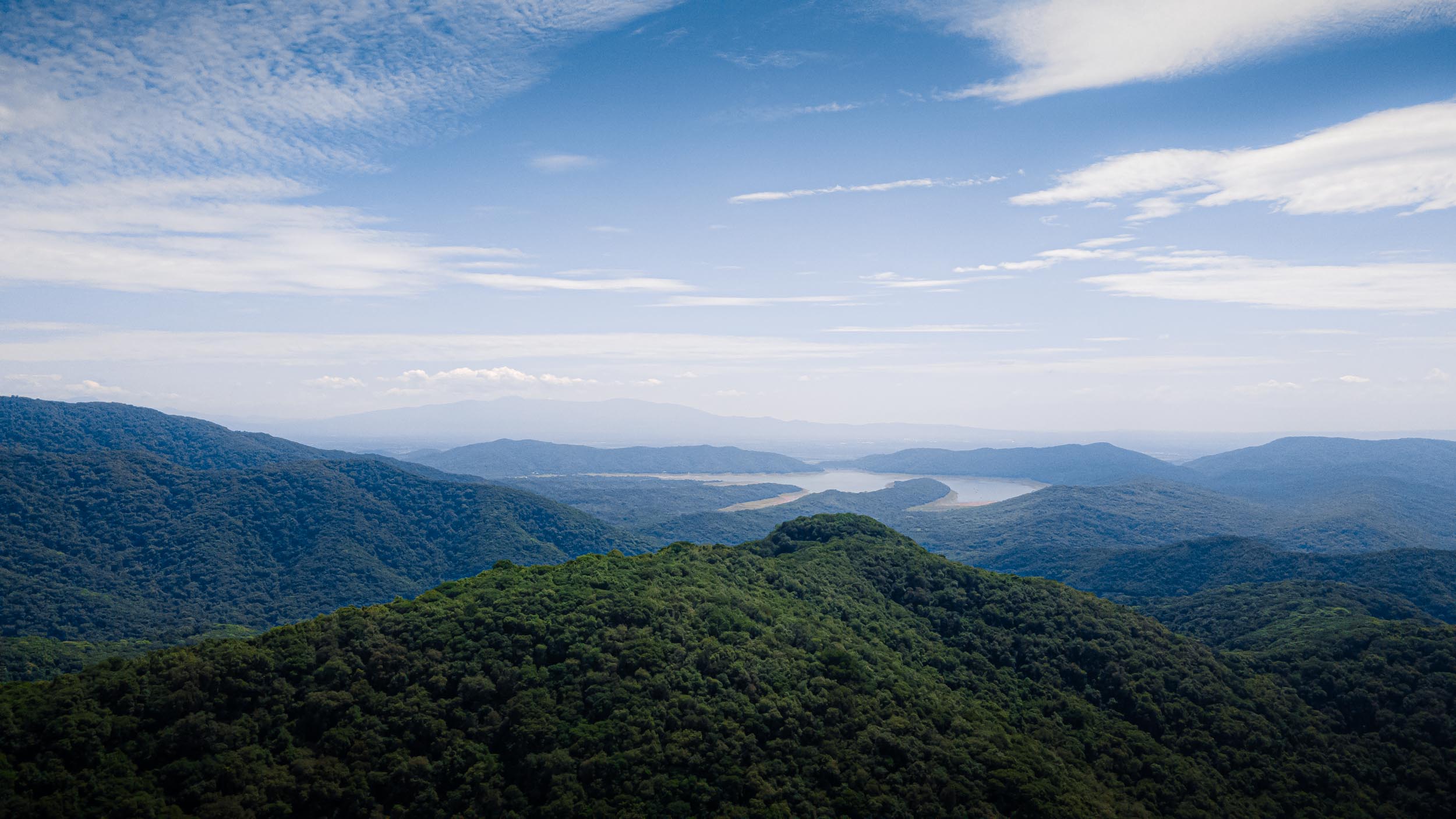
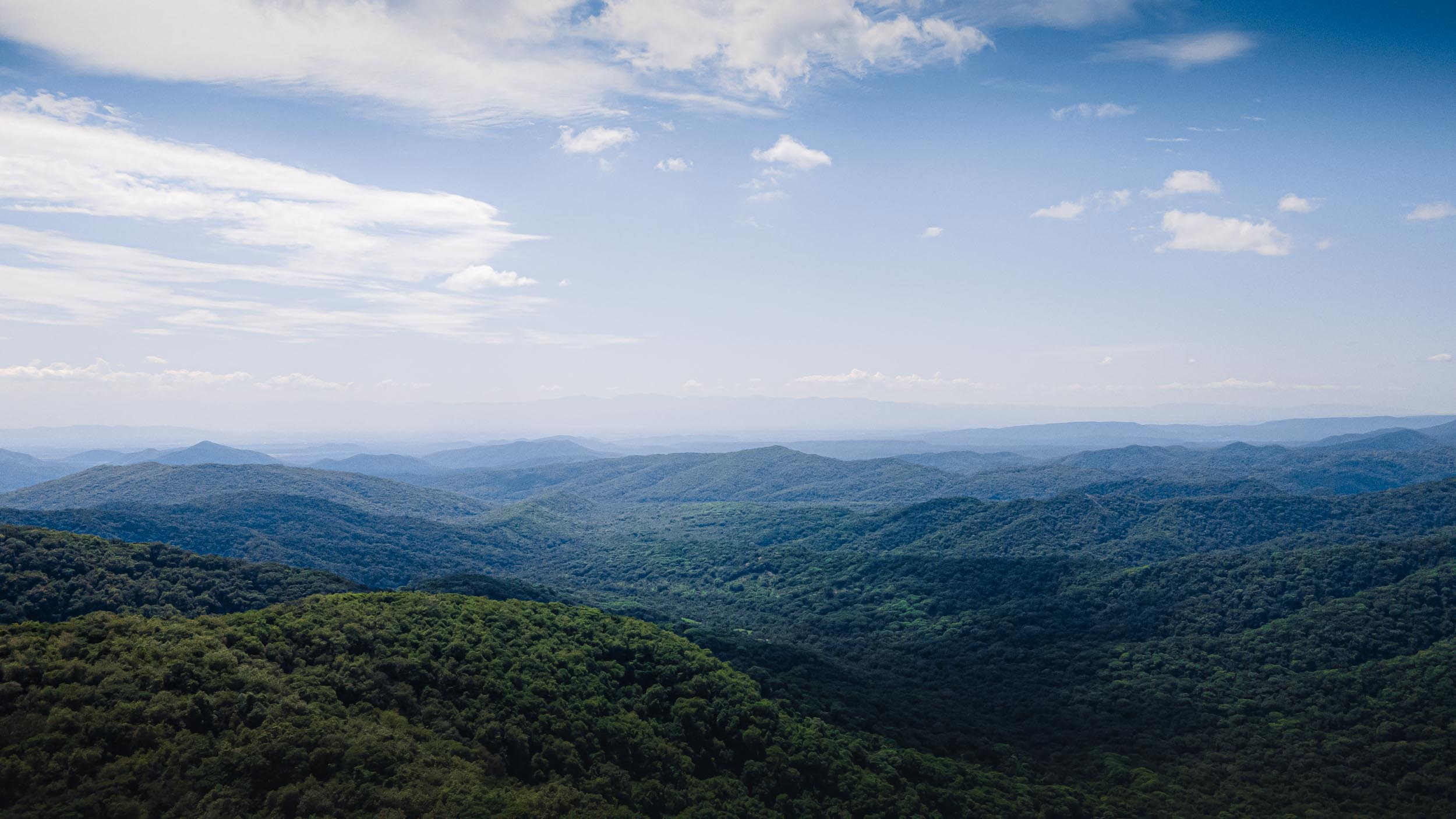
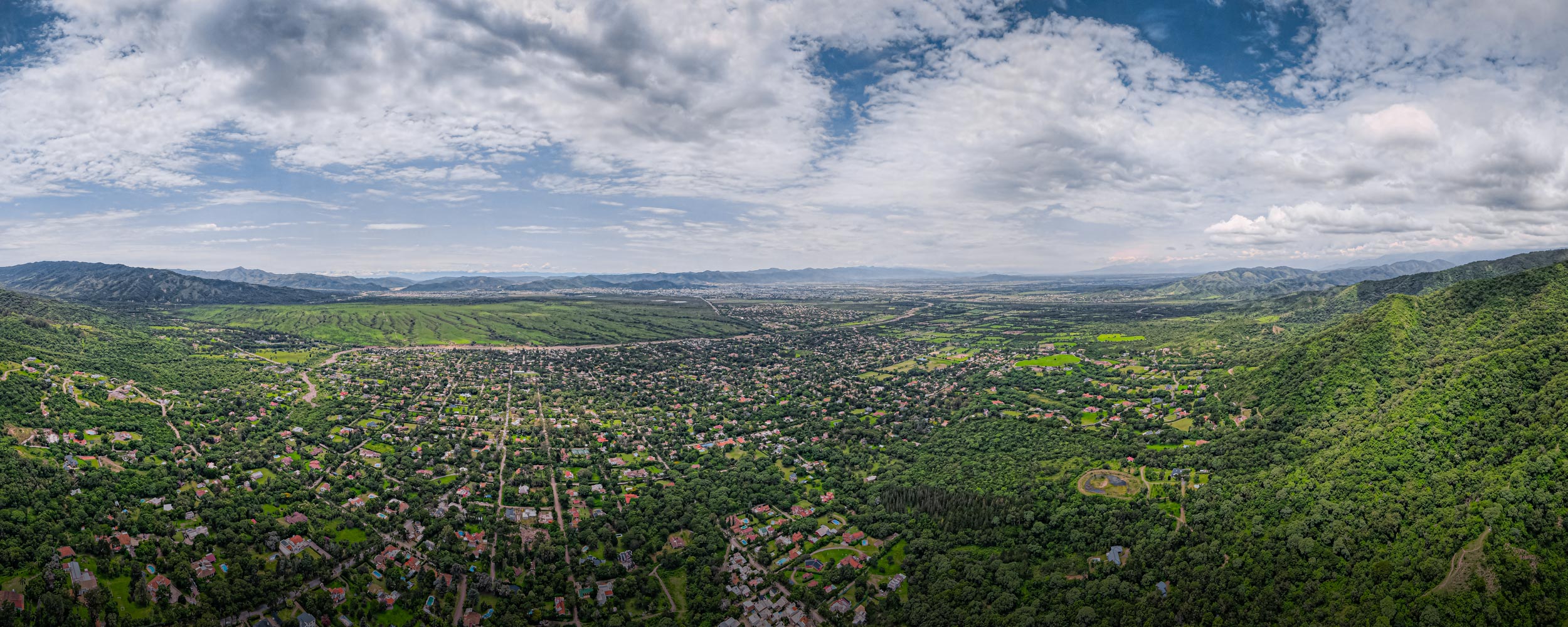
Outskirts of the city of Salta
